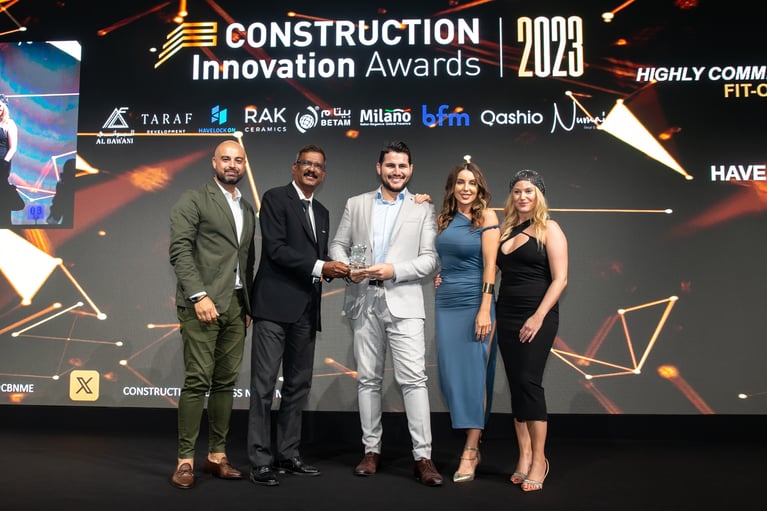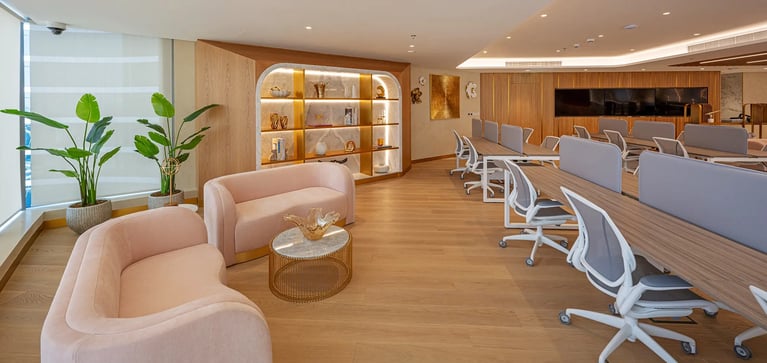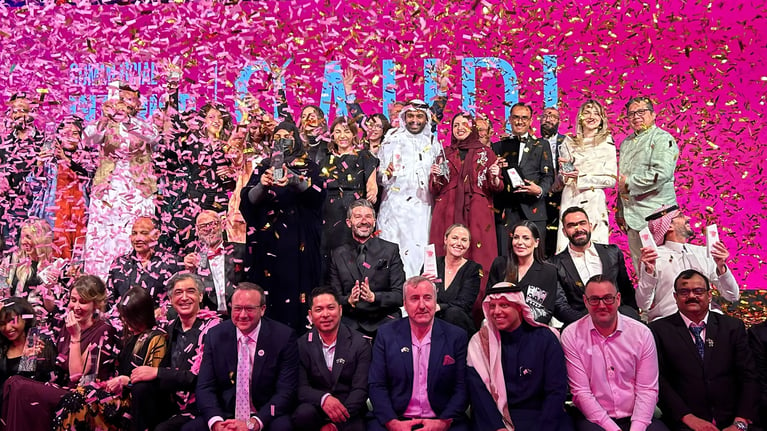The role of storytelling in museum and entertainment design
Welcome to the world of museum and entertainment design, where creativity, innovation, and storytelling all come together to create unforgettable experiences for visitors. As a fit out company, which specialises in one-stop solutions including custom manufacturing, we understand the importance of storytelling in creating immersive museum exhibits and themed entertainment spaces. In this blog, we’ll explore the role of storytelling in museum and entertainment design and how it can transform a space from ordinary to extraordinary.
Simply dummy text of the printing and typesetting industry
When you walk into a museum or entertainment space, you are immediately transported to another world. Whether you’re exploring the mysteries of ancient Egypt or living out your wildest fantasies in a theme park, you are fully immersed in the experience.
This is all thanks to the power of storytelling.
Storytelling is the art of conveying a narrative through words, images, and actions. It’s been a fundamental part of human culture since the beginning of time. Storytelling has the power to transport us to different worlds, connect us with others, and make us feel a range of emotions. And when it comes to museum and entertainment design, storytelling is the key to creating memorable and meaningful experiences for visitors. It shapes how we engage, learn, and connect with history and culture.

Storytelling in museum design
In museum design, storytelling is used to educate and inspire visitors. Museums are not just places to display artifacts and information; they are also places to tell stories. Visitors want to be engaged, informed, and entertained. They want to feel like they are part of the story. This is where experienced museum fit out companies can create immersive exhibits that bring history to life.
For example, a museum exhibit on ancient Egypt could include interactive displays, holograms, and life-size replicas of important artifacts. These elements can transport visitors back in time to experience what life was like in ancient Egypt. By using storytelling techniques, visitors can become fully immersed in the exhibit and feel like they are part of the story.

Storytelling in entertainment design
Similarly, in entertainment design, storytelling is used to create themed environments that transport visitors to different worlds. Theme parks, for example, use storytelling to create immersive experiences that are designed to make visitors feel like they are part of a movie or TV show. From the music to the lighting to the architecture, every element is carefully crafted to create a cohesive and immersive environment.
As a leading fit out company, with extensive experience in crafting the perfect entertainment spaces, we can help you bring storytelling techniques to life by creating themed environments that are both exciting and memorable. For example, a theme park based on a popular TV show could include rides, attractions, and restaurants that are all themed around the show’s characters and storyline. Visitors can feel like they are part of the show and can create lasting memories.
.jpg?width=2000&height=1333&name=Magic%20Planet%20(78).jpg)
In entertainment design, emotional engagement is also crucial. Themed environments that evoke emotions can create a stronger connection with visitors. For example, a haunted house attraction could use storytelling techniques to create a sense of fear and excitement. By using lighting, sound effects, and special effects, visitors can feel like they are part of a horror movie. This emotional engagement can create a thrilling and unforgettable experience
In conclusion, storytelling is a critical component of museum and entertainment design. Designers can use storytelling techniques to create immersive exhibits and themed environments that engage visitors emotionally and create lasting memories. Whether you’re designing a museum exhibit or a theme park attraction, storytelling is the key to creating a meaningful and impactful experience for visitors.
At the heart of storytelling is the ability to connect with people. By using a combination of words, images, and actions, we can create experiences that are both informative and entertaining. Visitors want to feel like they are part of the story, and by creating an emotional connection, designers can make that happen.
If you’re looking for the right partner for your museum or entertainment space fit out, at Havelock One we have over 25 years’ experience working with our clients to bring their visions to life. Get in touch today to discuss your requirements.






